A tapestry is a fabric that looks heavy, but this massiveness does not prevent it from being popular. A tapestry is created by cross-weaving threads. At the time of interweaving, a composition is formed, either plot or ornamental. The tapestry is impressive with its amazing color nuances and the creation of a special atmosphere in the space where it appears.
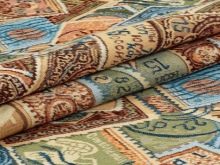
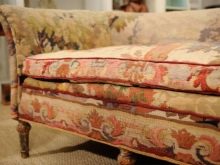
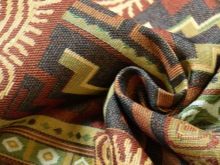
What it is?
The French word Gobelin means a decorative lint-free carpet, a woven picture. A tapestry is called a fabric that is made by cross-thread weaving. The structure of the tapestry fabric will be dense (2, or even 3 layers). At the same time the pattern is the special appeal of the fabric. The history of fabric is connected with the ancient Egyptian era. Tapestries were performed exclusively by hand, because their price was significant. And the material got its modern name in the 17th century, when the Tapestry brothers founded their own production of dense material.
The French surname gave the name to the old way of weaving fabrics, but it is worth noting that since the 18th century, purely heavy, hand-woven double-sided textiles began to be attributed to tapestry materials.
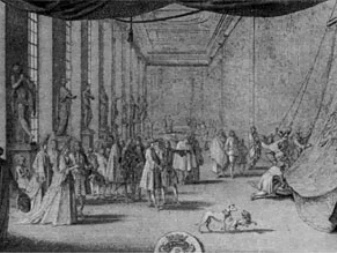
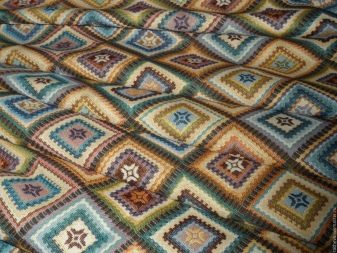
The main characteristics are as follows.
- The tapestry can be either cotton or synthetic fabric., its production method depends on where in the future it will be used.
- As part of the canvas can be polyester, silk, as well as wool, cotton, acrylic and viscose.
- The material is UV resistant. and it is very pleasant to the touch.
Today, in the technology of creating a tapestry fabric, jacquard weaving is more often used.
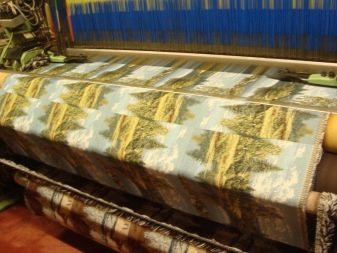

Advantages and disadvantages
Each canvas has a special impregnation, which will increase the resistance of the product to pollution. The tapestry also has antistatic properties. Finally, its advantages, of course, include high tensile strength. Because the tapestry stands out nicely:
- strength;
- chemical resistance;
- universality of application;
- simple care;
- durability.
All these are undeniable advantages of fabric. In addition, outwardly she is very attractive, able to bring comfort and ennoble the room with herself.

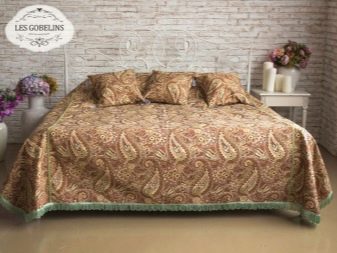
What are the disadvantages of a tapestry:
- not cheap;
- heavyweight fabric.
But these shortcomings are still conditional. Therefore, with proper use, the tapestry will be the fabric that will satisfy both the aesthetic and practical request of the buyer.
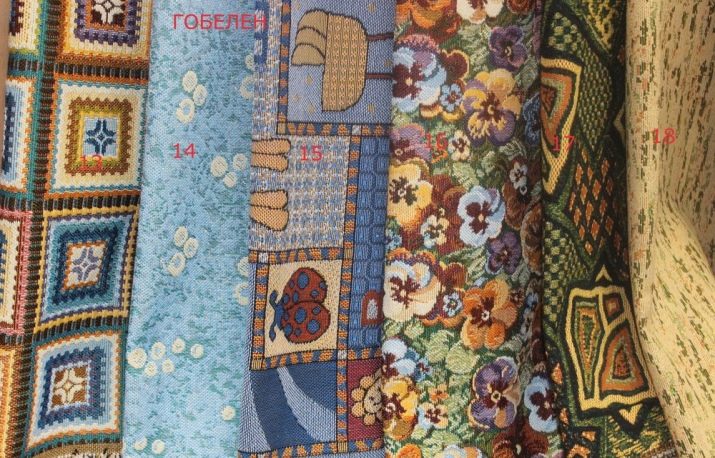
Fields of application
The main purpose of the tapestry is upholstery. This is really furniture fabric, because it perfectly matches the requirements of the banner. It is strong, durable, for a long time retains its original appearance. It is heavy and seems like a solid canvas for a sofa or chair. Tapestry is still one of the preferred solutions for upholstered furniture. Where else is this fabric used?
- Decorative wall upholstery - in many rooms the tapestry on the wall looks stylish and convincing.
- Making "clothes" for windows - with blackout curtains and curtains, window decoration curtain fabric looks interesting and concise.
- Upholstery for decorative pillows.
- Making bedspreads.
- Sewing tablecloths, napkins, tracks, lanchmatov.
- Use in clothes - light coats, dresses, sundresses.
- Women's bags can also be made from tapestry fabric.
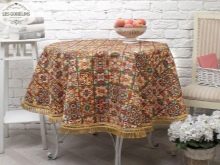
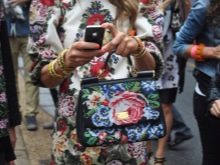

And from the tapestry you can make beautiful paintings, framed in the appropriate framework. Of these, you can sew do-it-yourself bedspreads and furniture covers. And even covers in the car interior are often made of tapestry.
How to choose?
Depending on the structure, the tapestry is single-layer and two-layer, this parameter is important in the context of the purpose of the product. For example, the bedspread may be single-layer, but for the constriction of the chair you will need a two-layer material. By the weight of the fabric, it can be light, heavy and moderate. In color and design, the tapestry is:
- with a small print;
- with a large ornament;
- with patterns stylized as embroidery;
- one-colored;
- melange.
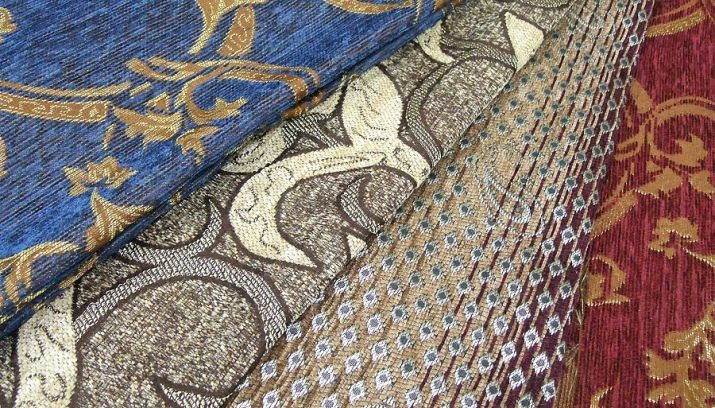
It is difficult to confuse a tapestry with another fabric: it simply will not be as heavy and thick. But to distinguish manual weaving from machine weaving is already more difficult, but in matters of choice, this is rarely fundamental. Tapestry selection is based on the following parameters.
- Purpose of use. If you need it as a concise, restrained, non-accent design (for example, furniture constriction), you can choose a plain option. If this is a wall decor that combines the basic colors involved in the design of a particular interior, you will need a multi-color option.
- Production. And in Russia they make good fabric, but they do it in Europe, and in the USA, and in China, and many other places. You need to watch the composition, trust your tactile sensations and visual perception of the sample.
- Certificate of quality. If there are no important supporting documents for the fabric purchased by the buyer, if there is simply nowhere to read the composition, it is better to refuse such a purchase.
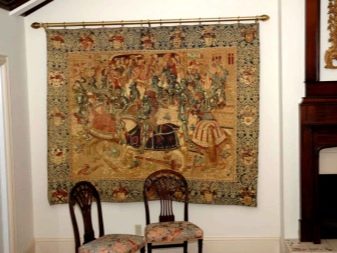
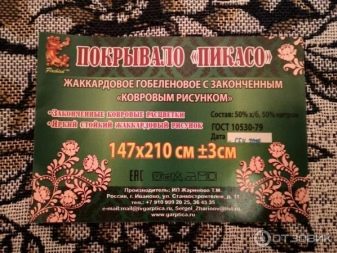
How to care?
The tapestry cannot be called a particularly capricious fabric, but still it requires special care. The main thing that can not be done in his regard is to allow the material to get wet and to regularly exposure to sunlight. The tapestry care rules are as follows.
- In scars, on rough material, dust often accumulates. If you do not remove it, the product will turn gray, and its elegant appearance will be in the past. You can clean the material with a soft brush for clothes or simply by applying a vacuum cleaner.
- Wipe off dirt with a slightly damp cloth. A cloth or sponge should be wetted in a mild soapy solution. Dry the fabric in a place with good ventilation.
- It is usually written on all fabric samples that it is not recommended to iron it. But if such a need nevertheless arose and without this in any way, then ironing is allowed exclusively from the wrong side and at a low temperature regime.
- In the washing machine, you definitely can’t wash the tapestry. You can only wash it by hand, as delicately as possible, in warm, not hot water.
- If we are talking about a woven picture, it should not be hung in a place where the sun's rays actively fall. The tapestry is not safe from fading.
- If stains difficult to remove with your own hands appear on the fabric, it must be carried in dry cleaning.
- If the material is wet, dry it with a towel.
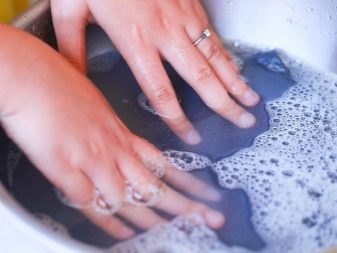

The tapestry needs to be protected from the claws of cats - they leave clues that spoil the entire look of the product.
Beautiful examples
And here are illustrations of how this fabric changes the interior.
- An example of a modern tapestry in the living room. Not a picture, not a carpet, but something average, but always a riveting look.
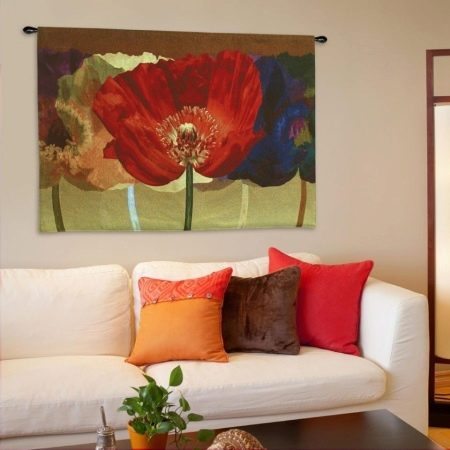
- If in the bedroom everything is ascetic, but I would like a little appropriate comfort, this option is worth considering. It turns out very atmospheric.
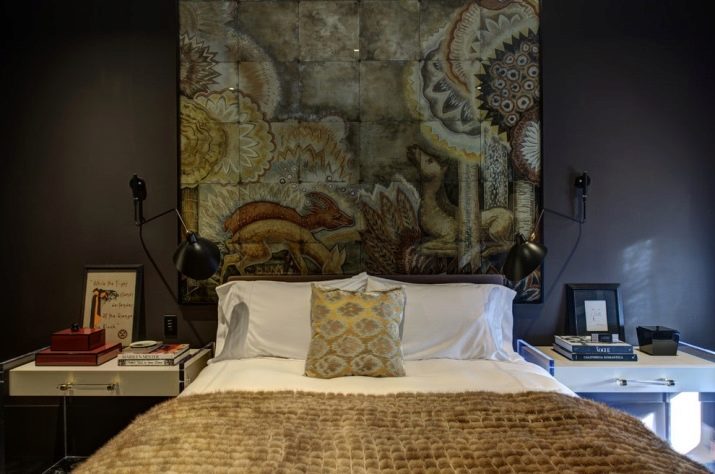
- Today, the fashion for furniture of the 60-70s feels confident in the interior market. And adds a pleasant retro effect to a noble and warm tapestry.
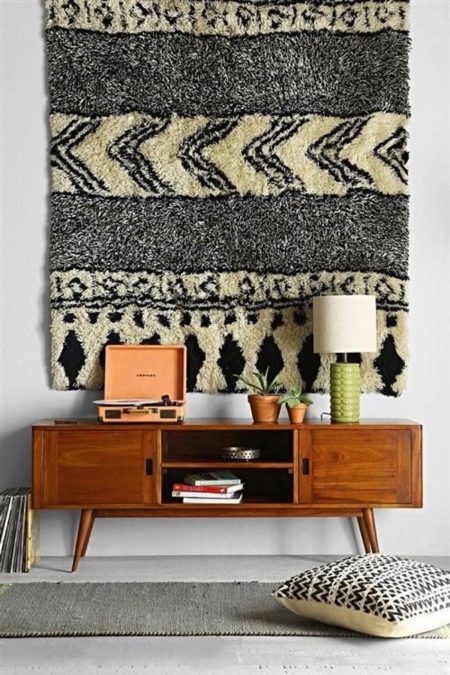
- On such a couch, you just can’t tear yourself away from reading. Vintage mood, tactile pleasure and visual pleasure in one picture.
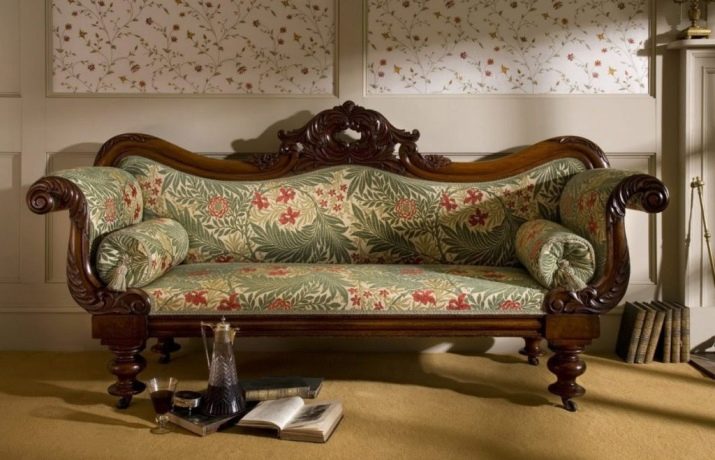
- And it looks like a tapestry tablecloth - Durable, thick, very suitable for winter home decor.
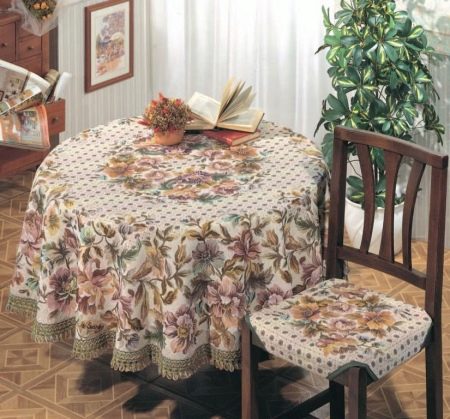
- Another good example tapestry tablecloth: on the summer terrace on warm evenings, it will create a warm atmosphere of the hearth and family gatherings.

- Bedspread and pillows from this fabric will make even the most modest bed almost royal. Very elegant and beautiful, and this purchase will last for many years.

- An armchair that will become a favorite among all households - warm, beautiful, bright.
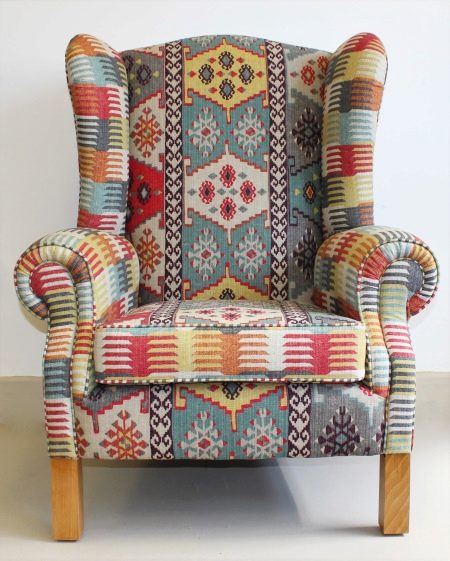
- Bohemian style, ethnic image. - This tapestry was chosen by those who wanted to set a special mood for the whole space. Stylish and original.
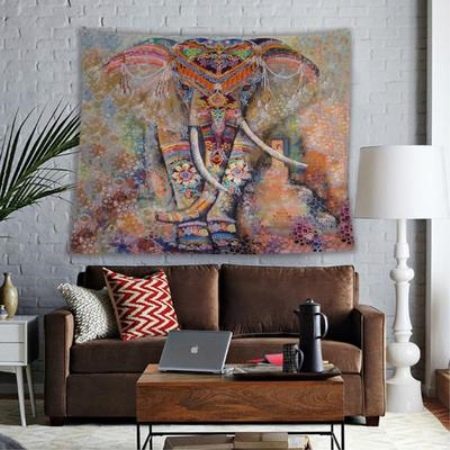
- Attractive retro sofa: a great example of which you should not be afraid of furniture in various colors, and that hauling a reliable new product is often the best solution.
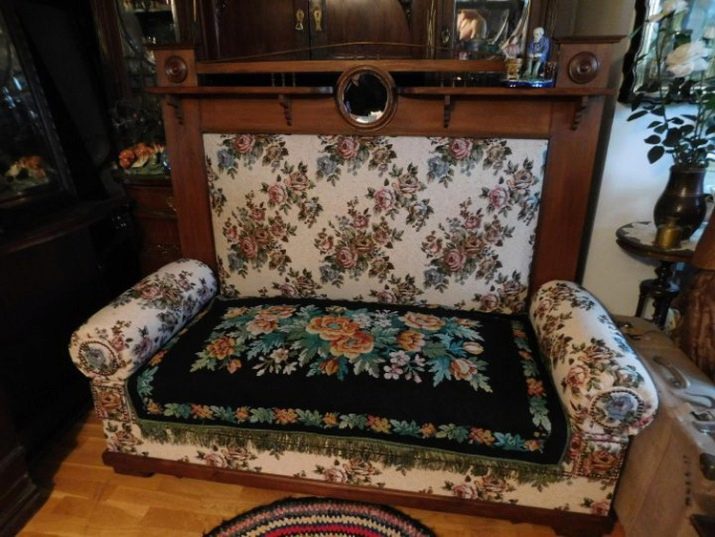
See the following video for an overview of the tapestry.










